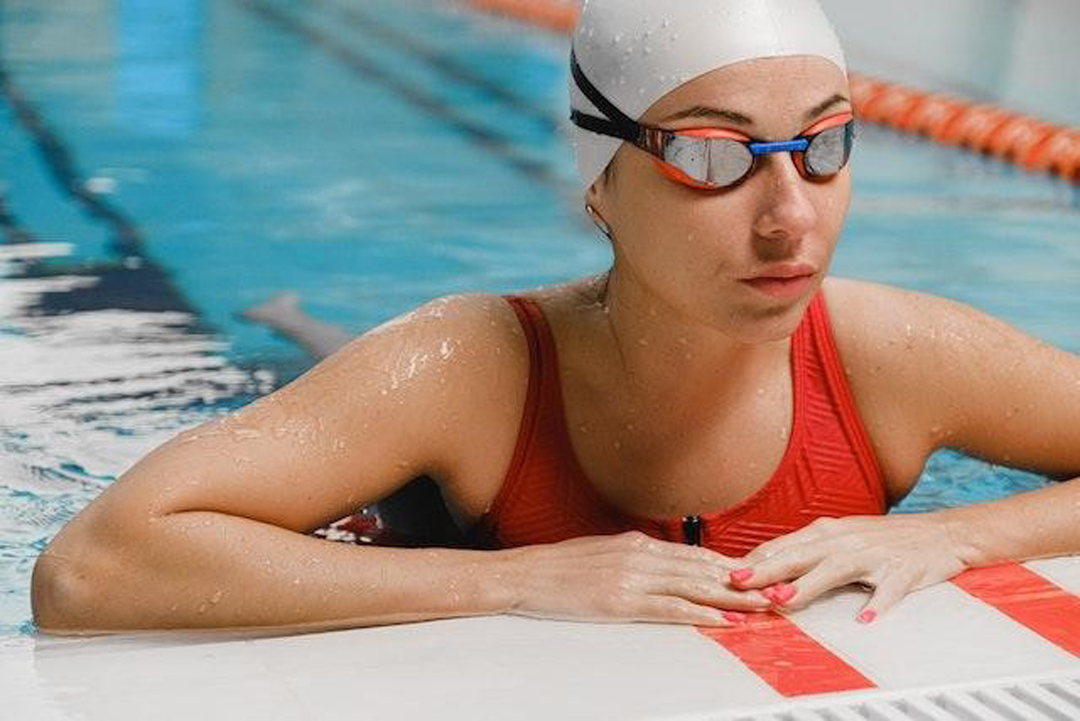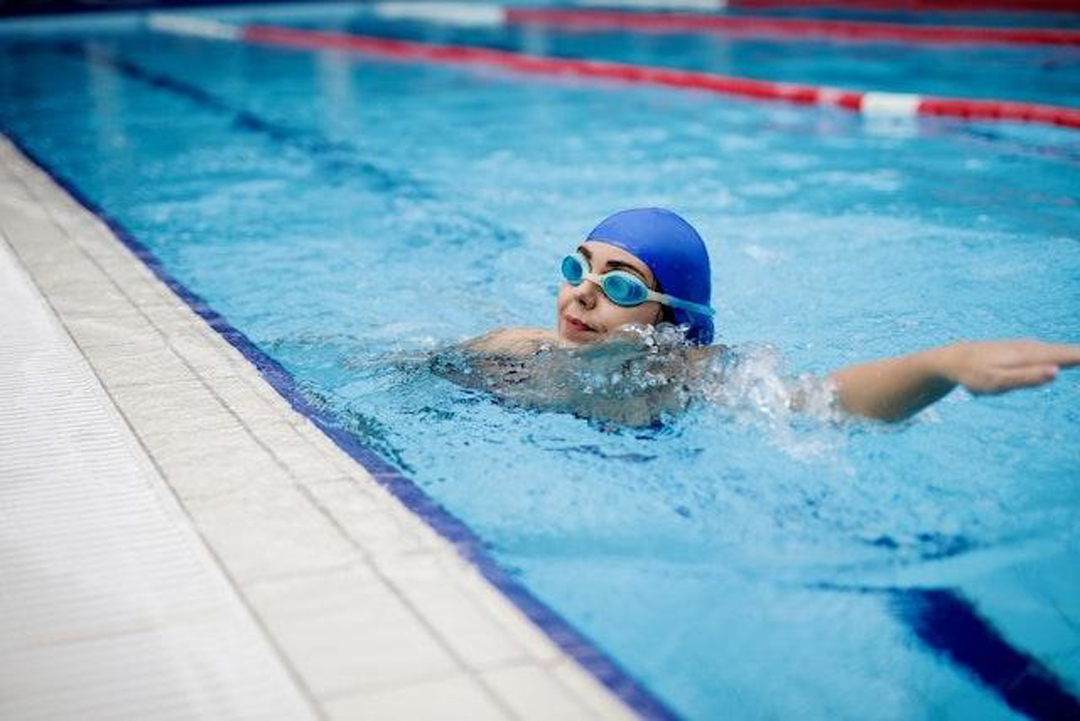 For many swimming enthusiasts, poor vision can be a significant hurdle, putting a damper on their underwater experience. Light refraction in water can distort vision, but for those who already struggle with nearsightedness or farsightedness, the blur becomes a considerable challenge, often reducing their confidence and performance. Herein lies the purpose of our blog post – presenting the simple yet effective solution to this predicament: prescription swimming goggles. Let’s take a deep dive into how these goggles work and why they may be your perfect swimming companion!
For many swimming enthusiasts, poor vision can be a significant hurdle, putting a damper on their underwater experience. Light refraction in water can distort vision, but for those who already struggle with nearsightedness or farsightedness, the blur becomes a considerable challenge, often reducing their confidence and performance. Herein lies the purpose of our blog post – presenting the simple yet effective solution to this predicament: prescription swimming goggles. Let’s take a deep dive into how these goggles work and why they may be your perfect swimming companion!
The Challenge for Swimmers with Impaired Eyesight
The blurriness that one with impaired vision experiences on land worsens underwater due to light refraction, a phenomenon causing light to change direction as it passes through water. Consequently, the water-filled environment distorts the images, causing swimmers with poor vision to face difficulties identifying objects distinctly.
The severity of poor vision in swimming extends beyond just blurry meanderings. It affects performance drastically, particularly in competitive swimming where speed and direction accuracy are paramount. Difficulty in seeing the lines at the bottom of the pool or the wall can result in collisions or deviations from the path. Furthermore, in open water swimming, impaired vision could lead to potential hazards due to the inability to discern obstacles or dangerous marine animals in time.
Introduction to Prescription Swimming Goggles
Essentially, they are specialized eyewear designed for swimmers with eyesight issues. They are customized to match an individual’s optical prescription, the same way that normal glasses are. Each lens is made to correct a specific vision problem, be it myopia, astigmatism, or hyperopia, ensuring that the wearer sees clearly underwater as well as above the surface.
In contrast to regular swimming goggles that only protect the eyes from water and aid slightly in visual clarity, prescription swim goggles take a step further. They are tailored to correct the wearer’s eyesight, just like regular spectacles, but with added features fit for swimming. They usually have stronger and more secure straps, more substantial cushioning for comfort, and some even offer UV protection, akin to sunglasses.
The benefits of using them are plentiful. Not only do they improve underwater clarity, leading to safer and more enjoyable swims, but they also enhance performance. Competitive swimmers choose https://threo.ie/product/anti-fog-prescription-swimming-goggles/ to see clearly during the race as it can significantly affect their time and direction of travel. For recreational swimmers, seeing clearly can turn a blurry, uncertain experience into a fun and enjoyable one, allowing them to play water sports with ease.
How Do They Improve Sight?
Prescription swimming goggles use corrective lenses that function much like the lenses in regular prescription glasses. These corrective lenses are designed to adjust how light enters the eyes, helping to focus the light directly onto the retina. This is the same principle used in traditional eyeglasses. This corrects refractive errors that cause blurred vision when light rays do not converge at one focus point on the retina.
The technology behind these goggles is driven by optic science. Nowadays, most prescription goggles utilize polycarbonate lenses because of their lightweight, impact resistance, and UV protection properties. These lenses come in varying prescriptions, like glasses, and are made to correct both farsightedness and nearsightedness. Some goggles also offer cylindrical correction for those with astigmatism.
Contact Lenses Under Goggles: A Risky Substitute
While the idea of wearing contact lenses under regular goggles might seem like an easy alternative to prescription goggles for swimming, it’s important to recognize the associated risks.
- Risk of Losing Contacts: Using contact lenses while swimming presents a chance of them dislodging or completely washing out of your eyes. This can occur due to the force of water during diving or simply by opening eyes underwater;
- Irritation from Chlorine: While regular swimming goggles can protect the eyes from direct contact with water, tiny amounts can still seep in. Contact lenses exposed to pool water – frequently treated with chemicals, mainly chlorine, can absorb and trap these chemicals against the cornea It leads to discomfort, irritation, or potentially serious eye infections;
- Corneal Infections: Contaminants present in natural bodies of water, public pools, or even tap water, can introduce harmful pathogens on the surface of the contacts that may lead to severe eye infections, like microbial keratitis;
- Acute Red Eye: Wearing contacts underwater can also give rise to a condition called contact lens acute red eye (CLARE), characterized by severe eye redness, discomfort, and sensitivity to light.
Considering these potential risks, it is clear that using prescription swim goggles is a safer, more effective, and reliable option for swimmers with impaired vision.
Taking Care of Your Prescription Swimm Goggles
It’s crucial to ensure the longevity of your swimming goggles with degree through proper care and maintenance. The first step towards this goal is learning how to clean and store them correctly. When it comes to cleaning, rinse your goggles with fresh water immediately after use to remove any chlorine, salt, or other debris. However, avoid using hot water or any harsh cleaning solutions, as they can damage the lens coating. Wiping the inside of your goggles can also scratch the lenses, so it’s best to let them air dry in a well-ventilated area.
For storage, keep your goggles in a protective case when they’re not in use. This protects them from dust, scratches, and other wear and tear. Avoid leaving them in direct sunlight or extreme temperatures, as these conditions can warp the plastic and damage the lenses.
Prolonging the lifespan of your goggles takes a little extra care. To prevent fogging and maintain the clarity of the lenses, consider using anti-fog solutions available on the market. However, be sure to use them according to the manufacturer’s instructions.
In conclusion, prescription swim goggles present a clear, secure, and practical solution for swimmers grappling with poor vision. They not only enhance visual clarity underwater but also significantly contribute to safer and more confident swimming. We encourage people with vision problems to consider investing in such goggles. After all, the primary purpose of swimming should be the joy, exercise, and relaxation it provides, and with them, you get to experience it all, unhindered by blurry vision.

